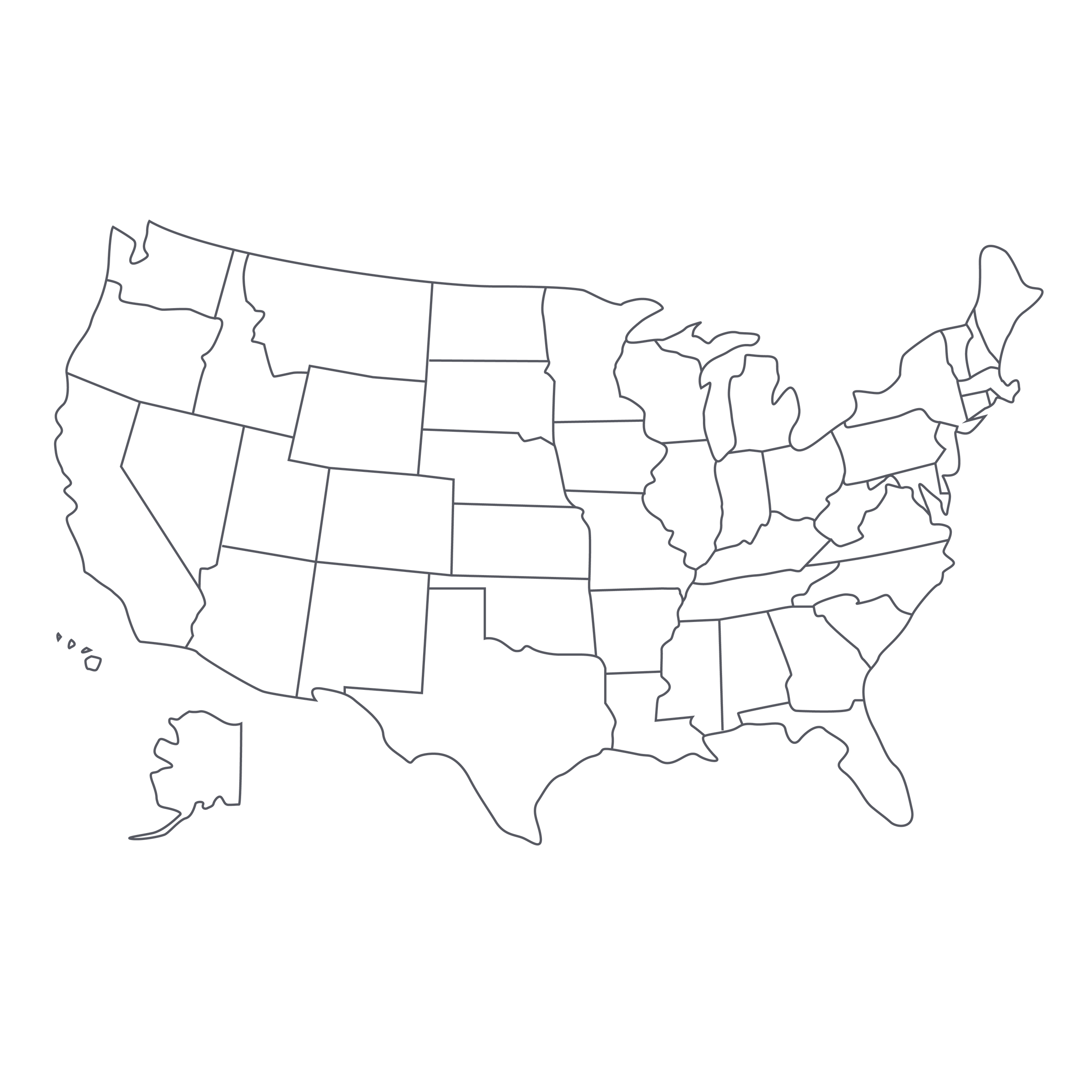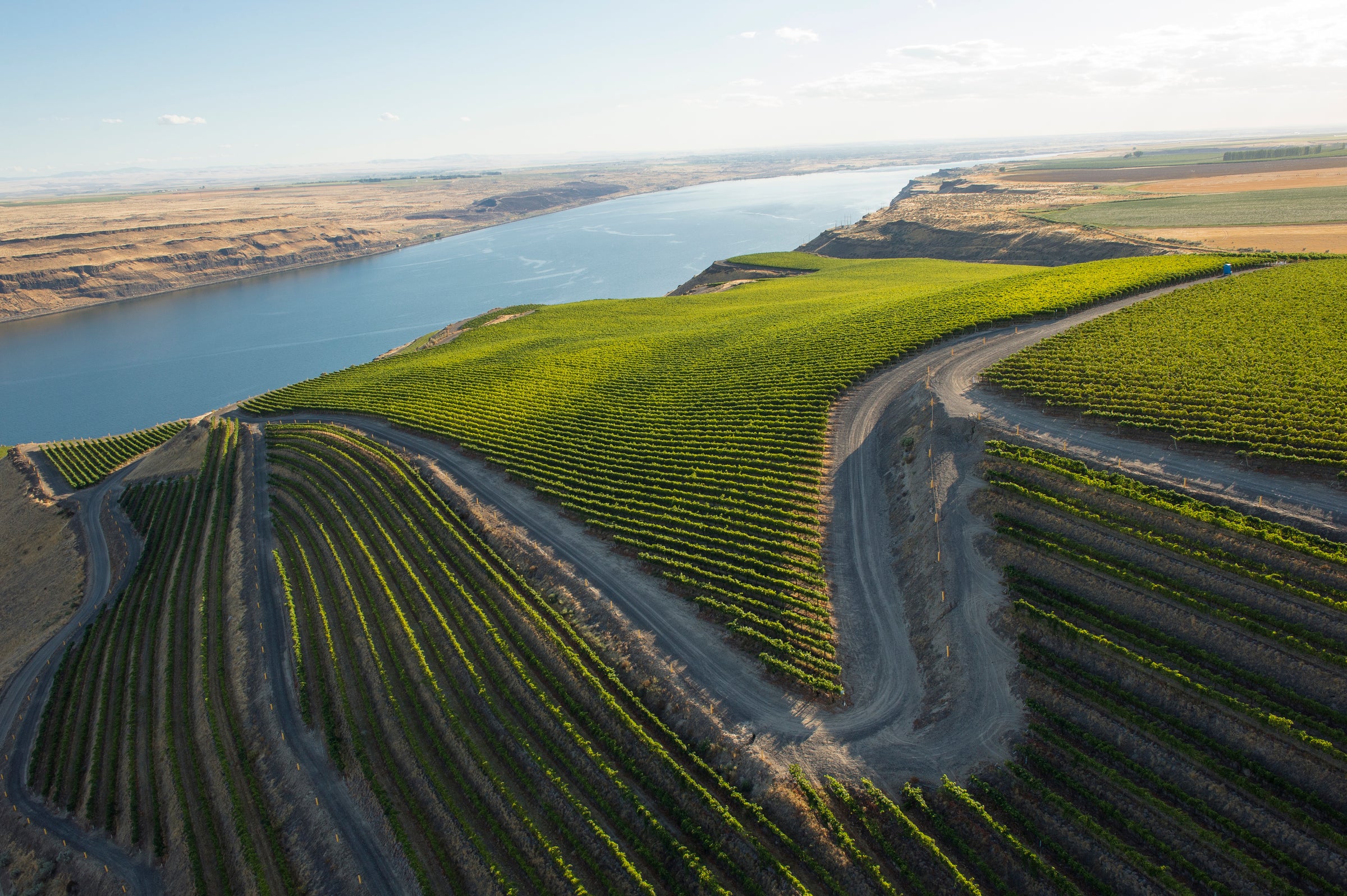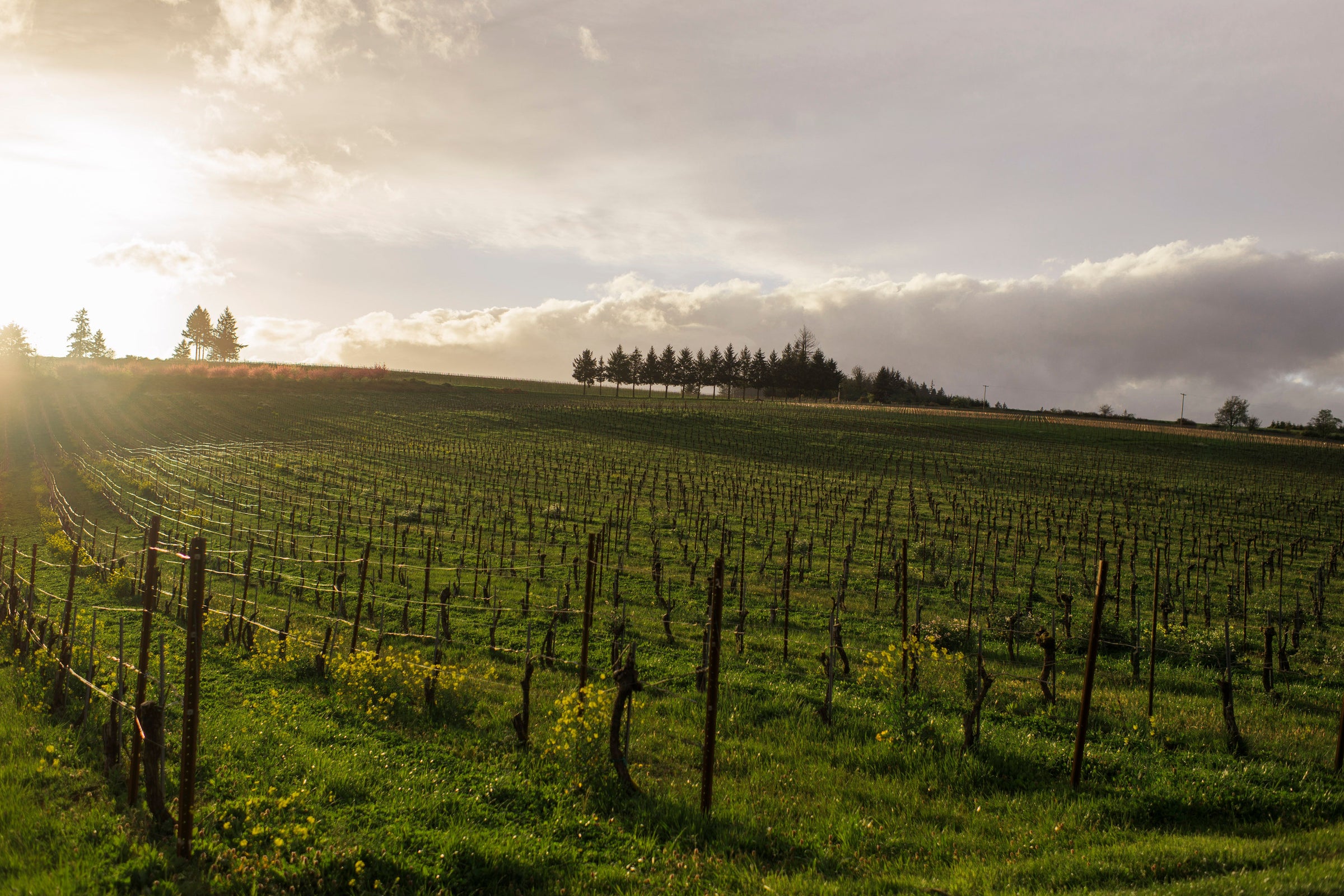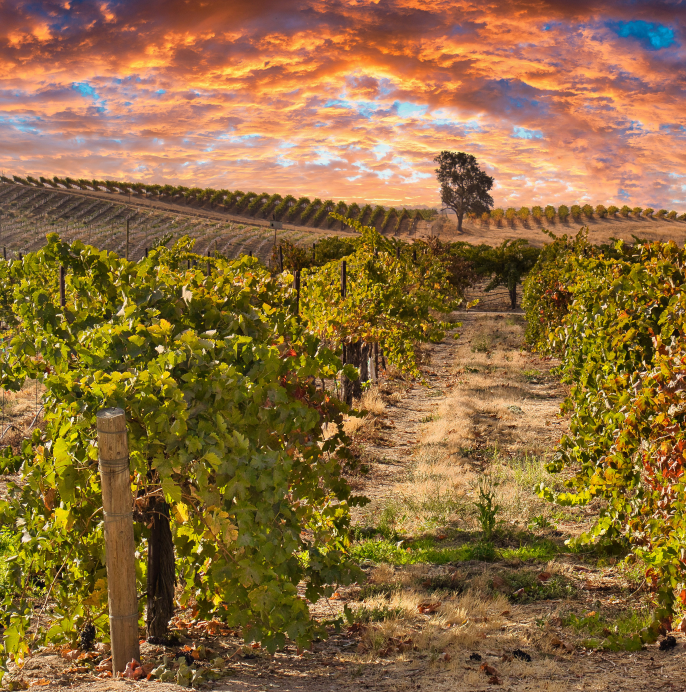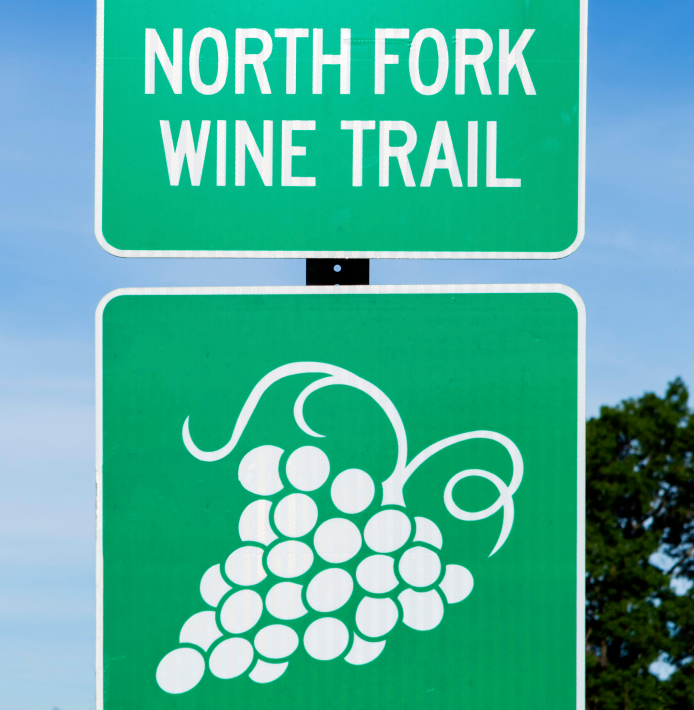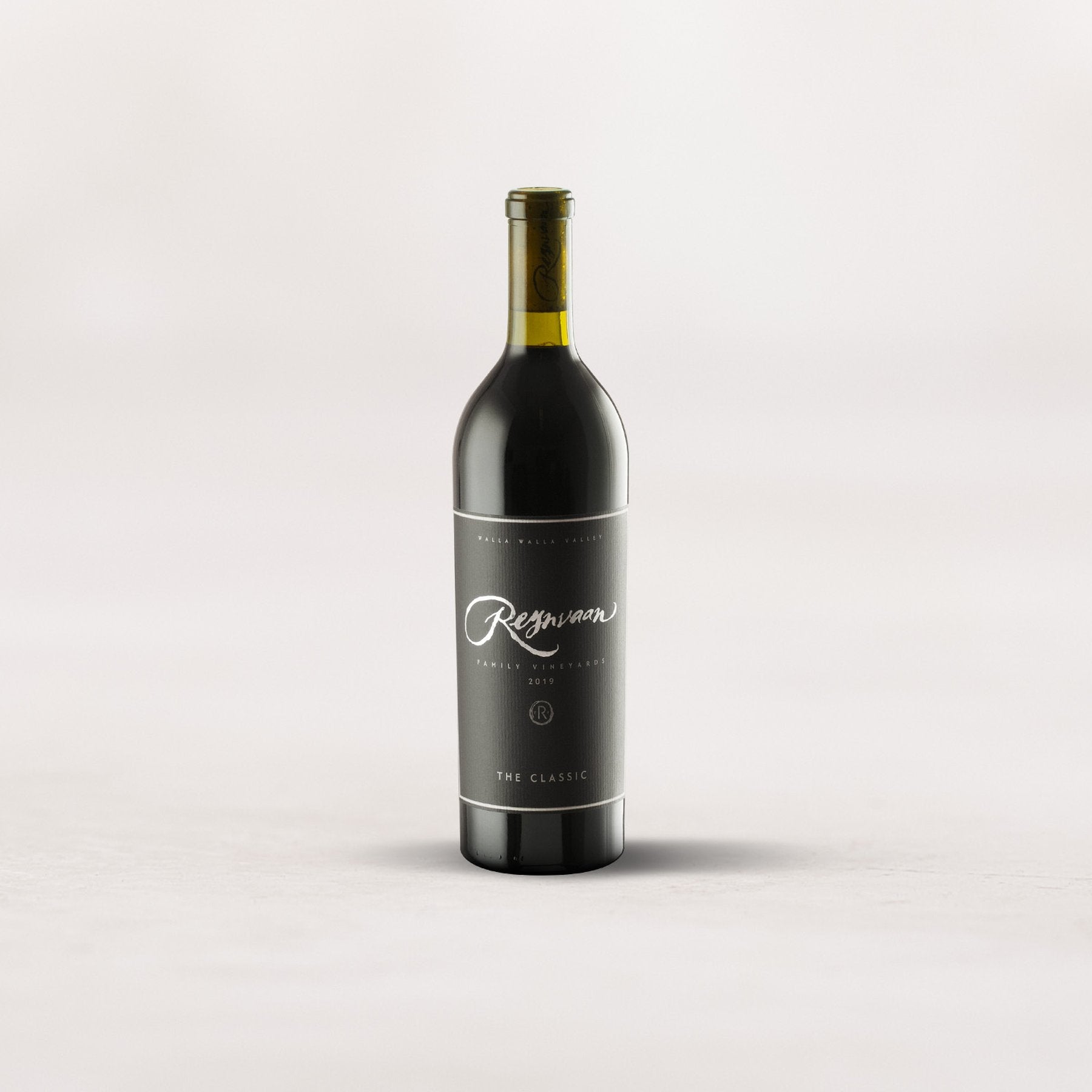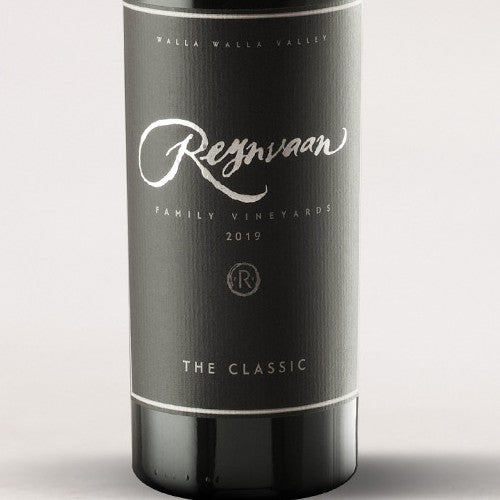Prepare yourself, because the specs on this culty cellar showpiece are mind-boggling. A site adjacent to Washington’s most famous vineyard? Check. Vines planted under the guidance of the state’s most iconoclastic wine figure? Check. Cabernet Sauvignon grown atop rocks like Châteauneuf’s galets roulés? A muscular, mineral styling in the vein of long-lived Bordeaux bottles? A tiny and consistently rave-reviewed production mostly reserved for the estate’s mailing list? Check, check, and check!
In other words, there’s enough geeky and intriguing information here to set even the most jaded sommelier or collector’s heart aflutter. American wines rarely get more terroir-driven, more ageable, more serious than this limited Cabernet. And considering the pedigree and the very long life ahead of “The Classic”—not to mention the exorbitant prices commanded by similarly lauded and lusted-after bottles—I’d argue there’s an incredible value proposition at hand here. Quantities are limited, so act fast if you want to experience one of the most unique and cellar-worthy Cabs America has to offer!
A wine so unique in the American landscape, logically, hails from an utterly extraordinary terroir. Washington’s Walla Walla Valley AVA produces most of the state’s top wines, but in 2015, a tiny southerly section bleeding into Oregon’s border was redefined as “The Rocks District of Milton-Freewater” and quickly referred to as the “most distinctive wine-producing region in America.” The Rocks is minuscule, just 5.9 square miles, and might be the US’s most soil-specific AVA: It’s the only one in the whole country whose boundaries are drawn by a single soil series, an alluvial fan overlain with basalt stones from the nearby Blue Mountains. These stones have been polished over millennia into smooth ovoid shapes; a picture of the dirt in The Rocks AVA looks nearly identical to the famous “rolled stones” of Châteuneuf-du-Pape. And like that special place, here in The Rocks, wines of immense power and gravitas thrum with an undeniable minerality.
The Rocks AVA seems to have a tractor-beam pull on maniacally passionate winemakers. The Reynvaan family first put down roots here in 2004 and has made robust yet elegant wines, mostly from Rhône (and some Bordeaux) varieties. They had an exceptional guide showing them the ropes in their early years: family friend Christophe Baron, whose Cayuse project is easily one of the most acclaimed American wineries of all time, is a Rocks District pioneer. Christophe suggested the Reynvaans plant a vineyard right next to his “En Cerise” plot, a small parcel responsible for Syrah bottlings that collectors snatch up within moments of release. He even went so far as to select the plant material for their vineyard and help them with winemaking their first few vintages. Now, winemaking is handled entirely by Matt Reynvaan, and he consistently produces some of the highest-scoring wines in the state.
Reynvaan’s “The Classic” comes entirely from their estate-owned “In The Rocks” vineyard. A blend of 75% Cabernet Sauvignon and 25% Cab Franc and Petit Verdot, this 2019 aged for about 20 months in 40% new oak with the rest in first-, second-, and third-use barrels. This is serious stuff, built for the very long haul. We strongly recommend a two-hour decant if consuming now but it’s best to leave this be until at least 2025. The beginnings of a genuinely legendary wine are present here—cassis, purple plums, black cherry skin, boysenberry, star anise, blood orange peel, black pepper, cedar, and molten rock. The palate is muscular yet lithe, full-bodied and booming with power, while wrapped in a frame of fine-grained tannin. This is a genuine cellar cornerstone of contemporary times, a wine to watch evolve for a decade or more.
